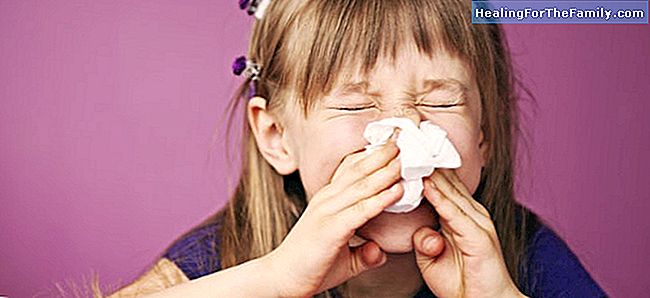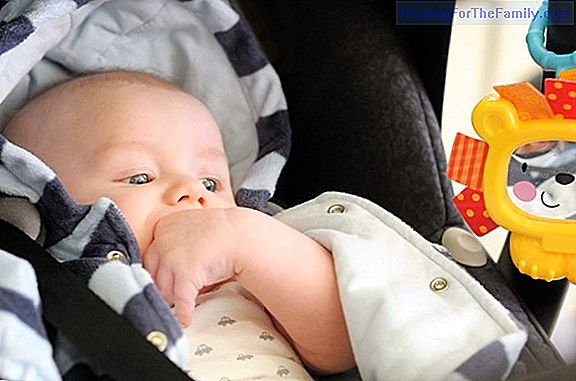10 False myths about respiratory infections in children
Throughout the autumn and winter months, respiratory infections in children increase their incidence. Despite its high frequency in children, it is common for us to find false myths to address its management. Below we discuss some of the most frequent errors and false beliefs. Ten wrong beliefs abou
Throughout the autumn and winter months, respiratory infections in children increase their incidence. Despite its high frequency in children, it is common for us to find false myths to address its management. Below we discuss some of the most frequent errors and false beliefs.
Ten wrong beliefs about respiratory infections in children

-The cough should always be cut. False. Cough is a defense mechanism that favors the mobilization of secretions. If this mobilization does not occur, the stale mucus can be secondarily infected by bacteria, which can make the process worse. One only has to consider the fact of attenuating the cough in postoperative patients, or in case of completely preventing night rest. Remember, however, that when children are cold they sleep badly due to a host of circumstances, and not only because of coughing: their throat and joints are upset, their fever can distort their normal sleep pattern, etc.
- The child has green and thick mucus, because his cold has become complicated. False. As the days go by, the mucus becomes thicker and thicker. It is the normal evolution of any cold.
- The best measure against snot is a good syrup. False. The best measure against mucus is a good hydration of the minor, and clear their nostrils with a good shot of serum. By the way, nasal washes should not be done preventively; They should be done only when the child goes to eat and has his nose occupied, or when he is very upset by the nasal obstruction.
- The child has a fever, and you have to wrap it up a lot, because colds have to sweat. This is false. With fever there is a tendency to lose fluids, and the fact of passing the child under a large layer of jerseys / blankets / coats can cause discomfort in the child and risk dehydration.
- The child has a fever, and therefore should not be bathed. This is not true. A child with fever can be bathed without problems, preferably with warm water. Keep in mind that when you have a fever, you sweat more than when you do not have a fever.
- "Strong" colds should be treated with antibiotics. False. Colds are secondary to viral infections, and viruses do not die with antibiotics. Of course: there are certain complications that sometimes appear secondarily to a cold (otitis suppurates in young children, sinusitis, pneumonia) that must be managed with these drugs, because they are the result of a bacterial superinfection. Bacteria do die with antibiotics.
- My doctor has been confused: he has diagnosed my child's sinusitis without having a radiological test. The performance of a sinus radiograph is not necessary to diagnose an acute sinusitis. Sinusitis is diagnosed by the clinic: joint presence of fever and respiratory symptoms, with persistent mucus in the back of the pharynx, for more than ten days.
- When the child has a sore throat or is aphonic, a handkerchief impregnated with alcohol should be placed on the neck. This measure not only does not benefit the child at all, but can lead to local irritation of the skin. In addition, since skin permeability in young children is higher than in adults, such alcohol can be absorbed and passed into the blood.
- To a child with bronchitis, the humidifier is good for him. This is not correct. Moreover, up to 50% of children with bronchial involvement, environmental humidity harms them.
- Bronchiolitis in an infant younger than three months has to be treated with bronchodilators. This is not correct. Bronchiolitis, technically speaking, is the first episode of respiratory distress with wheezing (commonly known as "whistles") and of infectious cause in a child under two years of age. It is due to edema in the wall of the small bronchi, and said edema appears as a result of a viral infection. It should be noted that bronchodilators have not been shown to be effective in younger infants. Therefore, its routine use is not indicated.












